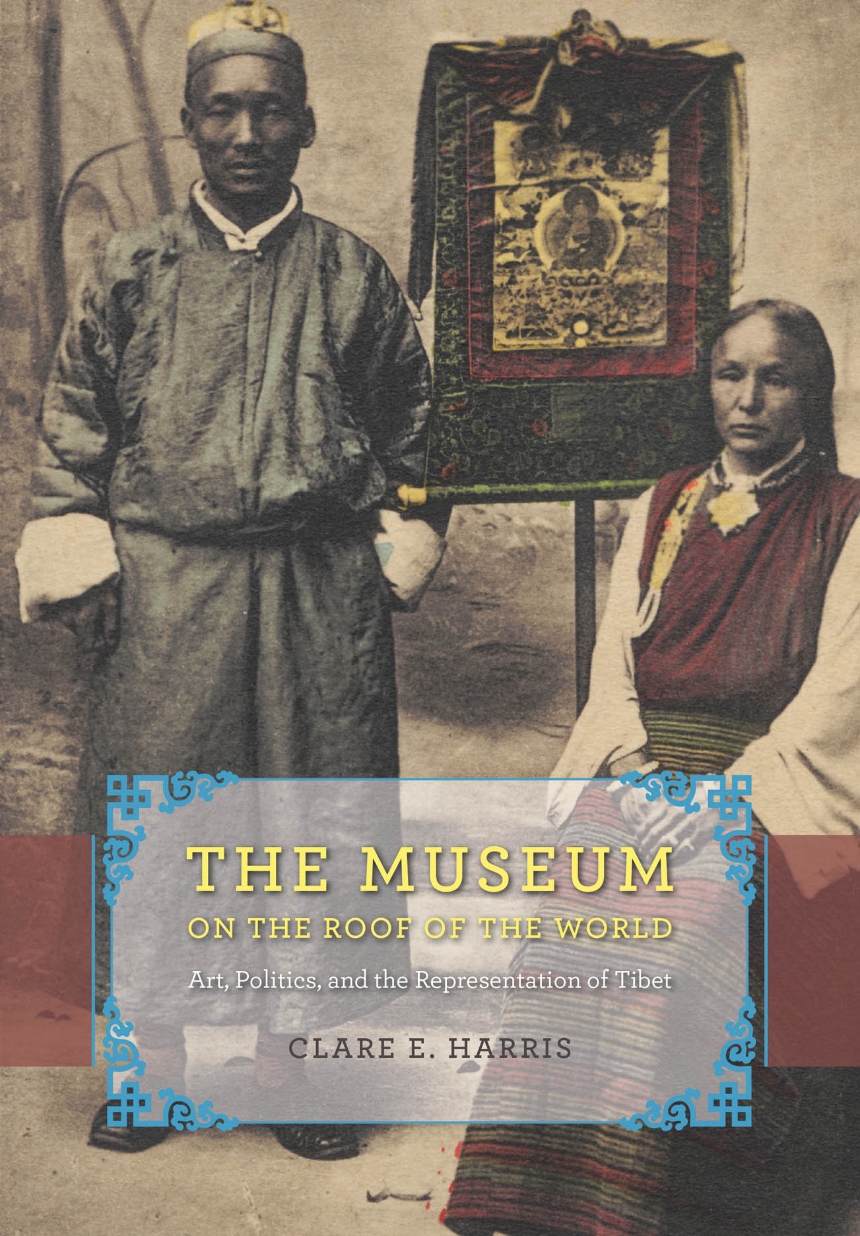The Museum on the Roof of the World
Art, Politics, and the Representation of Tibet
9780226213170
9780226317472
9780226317502
The Museum on the Roof of the World
Art, Politics, and the Representation of Tibet
For millions of people around the world, Tibet is a domain of undisturbed tradition, the Dalai Lama a spiritual guide. By contrast, the Tibet Museum opened in Lhasa by the Chinese in 1999 was designed to reclassify Tibetan objects as cultural relics and the Dalai Lama as obsolete. Suggesting that both these views are suspect, Clare E. Harris argues in The Museum on the Roof of the World that for the past one hundred and fifty years, British and Chinese collectors and curators have tried to convert Tibet itself into a museum, an image some Tibetans have begun to contest. This book is a powerful account of the museums created by, for, or on behalf of Tibetans and the nationalist agendas that have played out in them.
Harris begins with the British public’s first encounter with Tibetan culture in 1854. She then examines the role of imperial collectors and photographers in representations of the region and visits competing museums of Tibet in India and Lhasa. Drawing on fieldwork in Tibetan communities, she also documents the activities of contemporary Tibetan artists as they try to displace the utopian visions of their country prevalent in the West, as well as the negative assessments of their heritage common in China. Illustrated with many previously unpublished images, this book addresses the pressing question of who has the right to represent Tibet in museums and beyond.
328 pages | 19 color plates, 50 halftones, 1 line drawing | 7 x 10 | © 2012
Art: Middle Eastern, African, and Asian Art
Asian Studies: General Asian Studies
Religion: South and East Asian Religions
Reviews
Table of Contents
List of Illustrations
Introduction
1 The Tibet Museum in the West
2 The Younghusband Mission and Tibetan Art
3 Picturing Tibet for the Imperial Archive
4 Photography and the Politics of Memory
5 The Tibet Museum in Exile
6 The Tibet Museum in Lhasa
7 The Invention of Tibetan Contemporary Art
8 The Buddha Goes Global
Acknowledgments
A Note on Languages
Notes
References
Index
Introduction
1 The Tibet Museum in the West
2 The Younghusband Mission and Tibetan Art
3 Picturing Tibet for the Imperial Archive
4 Photography and the Politics of Memory
5 The Tibet Museum in Exile
6 The Tibet Museum in Lhasa
7 The Invention of Tibetan Contemporary Art
8 The Buddha Goes Global
Acknowledgments
A Note on Languages
Notes
References
Index
